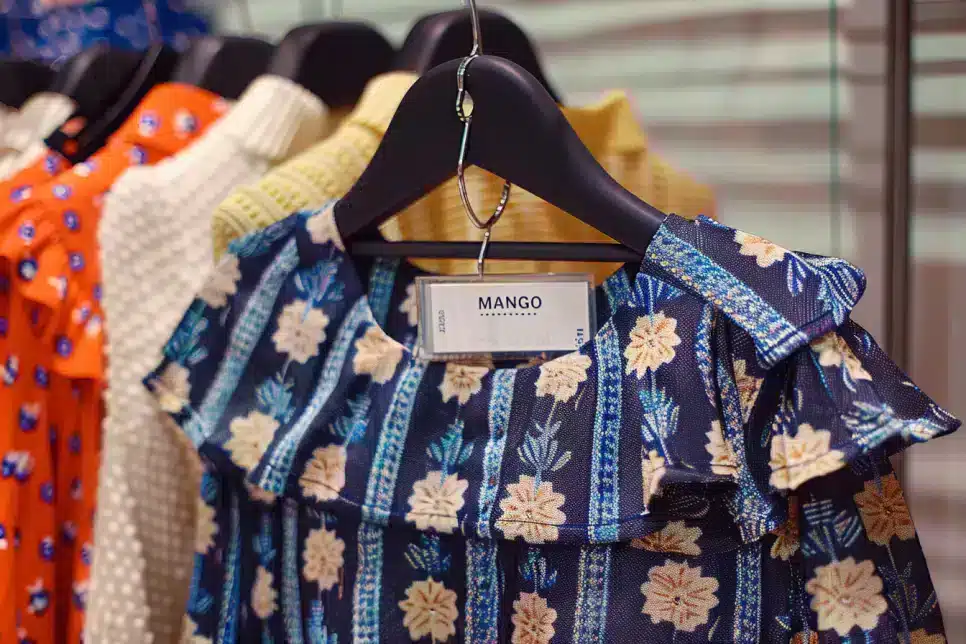As the world grapples with climate change, industries worldwide are being forced to reassess and adapt their strategies to stay relevant and responsive to an evolving environment. Among them, the fashion sector is experiencing a significant shift, with traditional seasonal collections becoming a concept of the past. In a recent interview with Reuters, Toni Ruiz, Chief Executive of the Spanish retailer Mango, shed light on how the company innovates its fashion approach in response to these changes.
Historically, the fashion industry operated on a seasonal calendar, but as Ruiz points out, global warming is disrupting this model, necessitating a more adaptable approach to clothing design. “Before, when you came back from summer, all the shops were full of winter clothes,” Ruiz remarked. However, the reality of climate change—with its erratic temperature fluctuations and unpredictable weather patterns—means consumers are increasingly seeking versatile clothing options that can transition smoothly between seasons.
Mango’s strategy focuses on creating adaptable clothing that caters to its customers’ diverse and changing needs. With parts of Europe, including Spain, experiencing warmer temperatures and altered precipitation patterns, Mango is leaning into designing clothes that can handle a mix of hot and cold temperatures. Ruiz highlighted the popularity of light trench coats among women and the introduction of “performance” fabrics for men’s clothing that are more breathable and better at managing sweat, exemplifying the company’s commitment to seasonally transitional fashion.
Mango’s supply chain strategy also reflects the shift towards adaptable fashion. The retailer has adjusted its sourcing practices, obtaining trend-dependent items from European manufacturers and functional wardrobe pieces from Asian producers. This dual approach allows Mango to remain agile and respond swiftly to changing market demands and disruptions, such as those experienced in shipping routes through the Red Sea.
Investment in technology and innovation is pivotal in Mango’s adaptation strategy. The company is harnessing artificial intelligence to track social media trends, analyze consumer data, and create a creative tool for its designers. Ruiz revealed that Mango has developed an internal AI platform akin to the ChatGPT interface, which has already assisted in making around 20 pieces of clothing.
As the fashion industry faces the challenges posed by climate change, Mango is leading by example. It demonstrates that adaptability, innovation, and a forward-thinking approach are crucial to navigating the future. By embracing adaptable clothing and investing in technology, Mango is responding to the immediate demands of climate change and positioning itself as a resilient and visionary player in the ever-evolving fashion world.




